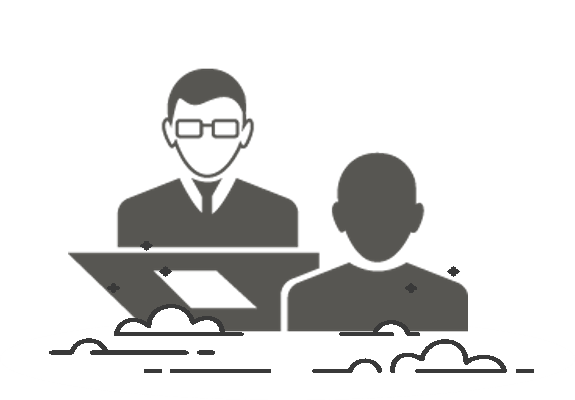
Far too many entrepreneurs and corporate innovation teams fall in love with their solution, instead of the problem they’re solving or the value they’re supposed to be creating for customers.
Oftentimes, they jump to conclusions and then blame the market for not being ready for their product or being too archaic or not knowing what’s good for them.
The reality is they didn’t do the work to figure out what customers really want and what they are willing to pay for.
If you’ve read Steve Blank’s Startup Owner’s Manual or Ash Maurya’s Running Lean, you should be familiar with the Problem Interview (if you haven’t, you should, along with these 18 other innovation must-reads).
The problem interview is step one in the process of finding a problem worth solving.
The interview focuses on three things:
Source: StartItUp.com
Step 1: Collect Demographics (Test Customer Segment)
First, as with a lean canvas, you want to start with the customer segment.
Factors you might consider:
A word of caution on demographicsWho am I?I am a male.I am very wealthy.I was born in 1948.I grew up in England. I am a successful business person.I have been married twice.I have two children.
Any guesses?
Well, I could be Prince Charles…
..but I could also be Ozzy Osbourne.
Step 2: Context
Set the context by telling a story.
You might walk the customer through your typical customer journey.
For example, “oftentimes, travelling freelancers find themselves struggling to find a place to work effectively. They go from cafe to cafe, using free wifi, if lucky enough to find it and until the staff give them disapproving looks, and they move on.
What’s your experience of being a freelancer on the road been like?”
Step 3: Problem Ranking
Ask your customer to rate (out of 10) and therefore rank, the top 3 problems you’ve identified.
For example:
1. Lack of permanent, flexible and affordable workspace
2. Lack of wi-fi
3. Lack of network connections
4. Which problems have we missed?
Step 4: Alternatives
1. How do you solve said problem(s) today?
2. How do you feel about switching to a product that solves the problem for you (describe how) for a price?
Step 5: Close
Ask them for their contact details (so you can invite them to try the product once it’s ready) and ask if they know anybody else you should speak to.
Final Thoughts
You’ll note that throughout the interview I’ve proposed open-ended questions with a focus on learning, not selling (do your best to avoid confirmation bias). You should also make every effort to probe and drill deeper whenever your customer says something that piques your interest. Remember that magic word…”why?”.
This is by no means a perfect process, but by conducting enough problem interviews with questions that aim to get you learning, you’ll start to identify patterns and themes that run across most customers in the same segment.
These patterns represent your opportunity.
Learn from experts like Cy Wakeman and Lawarence Levy on how to build a culture you can be proud of. Enter your details below and we'll email you our top experts interviews.
Relying on raw enthusiasm to drive innovation is not sustainable. This is especially difficult if key stakeholders aren't open to experimentation. In our upcoming "Innovation Manager Crash Course," you will learn the tools and framework to drive cultural change.
Receive thought leadership in the form of blogs, ebooks, innovation resources, videos, invitations to exclusive events as well as the latest episodes of Future², our iTunes chart-topping podcast all about corporate innovation and entrepreneurship.
Access more blogs, podcasts, videos, innovation, tools, ebooks and more just like this one here!